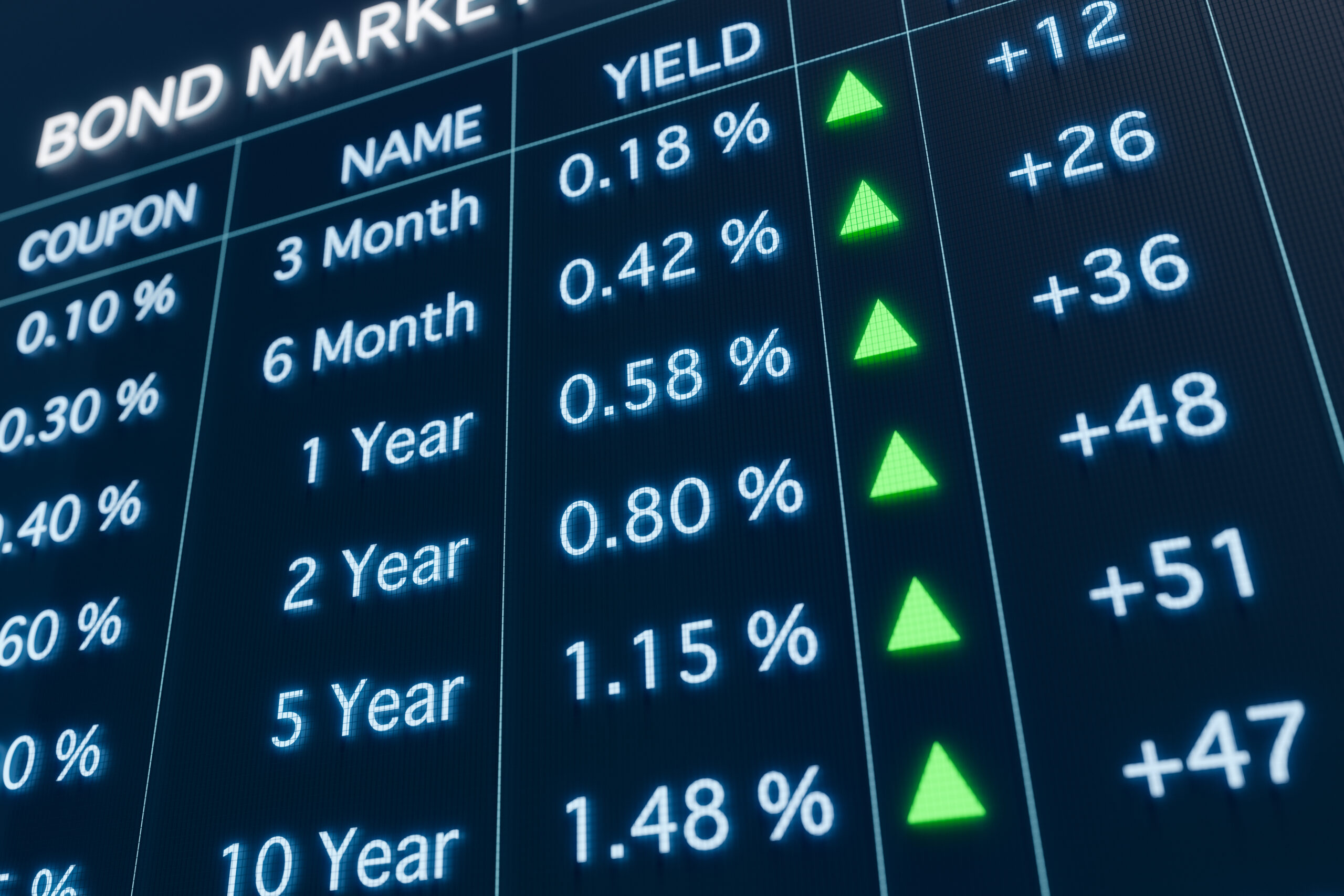Exploring the Potential Benefits of Global High-Yield Bonds

Investors’ interest in global high-yield bond funds is on the rise as they anticipate the US Federal Reserve is likely to end its interest rate hike due to indications of easing inflation in the world’s leading economy. According to past tightening cycles, the returns in the credit market tend to increase following the peak of interest rates. In this article, we will delve into the reasons why global high-yield bond funds can be considered as one of the investment choices.
Understanding Global High-Yield Bond Funds:
Global high-yield bond funds are investment vehicles that specialize in investing in high-yield bonds issued by companies or governments from various countries and regions. These funds focus on bonds that are rated below investment grade (typically below BBB- by major credit rating agencies). High-yield bonds offer higher interest rates than investment-grade bonds but higher credit risk.
Top 5 Reasons to Consider Global High-Yield Funds:
1.Lower Sensitivity to Interest Rate: High-yield bonds typically have shorter maturity periods, resulting in less price volatility in response to interest rate fluctuations. The shorter maturity means that the bond’s expiration date is relatively closer, allowing investors to recoup their principal within a shorter period. As a result, high-yield bonds are less sensitive to interest rate changes.
2.Higher Interest Yield: High-yield bonds have higher credit risk but generally offer higher interest rates than government bonds and investment-grade corporate bonds. Currently, the yield of the global high-yield bond index is up to approximately 10% YoY[1]. In the face of weak economic growth and cooling inflation, this type of asset may provide appealing returns.
3.Income Generation: High-yield bonds may experience capital appreciation in situations where the issuer’s credit rating is upgraded, the economic conditions improve, or there is an improvement in the company’s performance. For example, some market analysts indicated that the market size of “Rising Stars” (issuers upgraded from high-yield to investment-grade) is far greater than that of “Fallen Angels” (investment-grade companies downgraded to high-yield) this year, exceeding a scale of over tens of billions in USD[2].
4.Enhanced Credit Quality: Currently, the fundamental factors in the high-yield bond market remain relatively robust, and it boasts one of the highest credit quality levels in history. Most issuers are rated as BB, with only 10% of companies in the market having a CCC rating. The current default rate in the global high-yield bond market is about 2.1%, which is far lower than the long-term average of 3.5%[3], the default rate is also expected to be controlled as the Federal Reserve is likely to begin rate cuts.
5.Relative Safety compared to Stock Investments: In the event of issuer liquidation, bondholders typically have a higher priority in the issuer’s capital structure compared to shareholders and are more likely to receive payment. High-yield bondholders have the right to claim the issuer’s assets ahead of preferred or common stockholders.
In the face of uncertain economic prospects, it would inevitably affect the performance of the global asset market. Among the various asset classes, high-yield bonds share similarities with stocks in terms of their characteristics, as they are both influenced by the fundamental factors of the issuers. However, the returns from high-yield bonds may be considered to help offset some of the potential losses.
If you would like to understand this asset class and explore potential investment opportunities to diversify your portfolio, please talk to your financial advisor at OnePlatform Asset Management today.
#Disclaimer and Notes
Investment involves risk. Investors should carefully consider whether any investment products or services mentioned herein are appropriate for investors in view of their investment experience, objectives, financial resources and circumstances. The information is for general information and reference only and does not constitute nor is it intended to be construed as any professional advice, offer, solicitation or recommendation to deal in any of the securities or investments. OnePlatform Asset Management Limited shall not be liable for any loss or damage caused by any person’s use or misuse of any information or content, or reliance on it. Please consider to seek professional advice before making any investment decision if needed.
Fund products and portfolio management services are distributed and/or rendered by OnePlatform Asset Management Limited (a licensed corporation with SFC CE No. AFQ784).
[1] Bloomberg Global High Yield Total Return Index, Bloomberg Global High Yield Excl CMBS & EMG 2% Cap TR Index, Data as of 25 Jan 2024
[2] 霸菱2024年全球高收益市場展望:BB級美債具有相對吸引力, Investing.com, 10 January 2024, https://hk.investing.com/news/stock-market-news/article-436592
[3] 面對經濟軟著陸 是否買環球高收益債時機, Edigest, 8 January 2024, https://www.edigest.hk/1227865/?utm_campaign=ED_ContentCopy&utm_source=Web-inventory&utm_medium=Content-Copy_ED
You May Be Interested In

OnePlatform Asset Management | 06 May 2024
Exploring the Potential of U.S. Equity Funds: Analyzing Factors Driving the U.S. Stock Market
OnePlatform Asset Management | 05 Mar 2024
Exploring the Beenfits of Investment-Grade Bond Funds in the Current Market Environment

